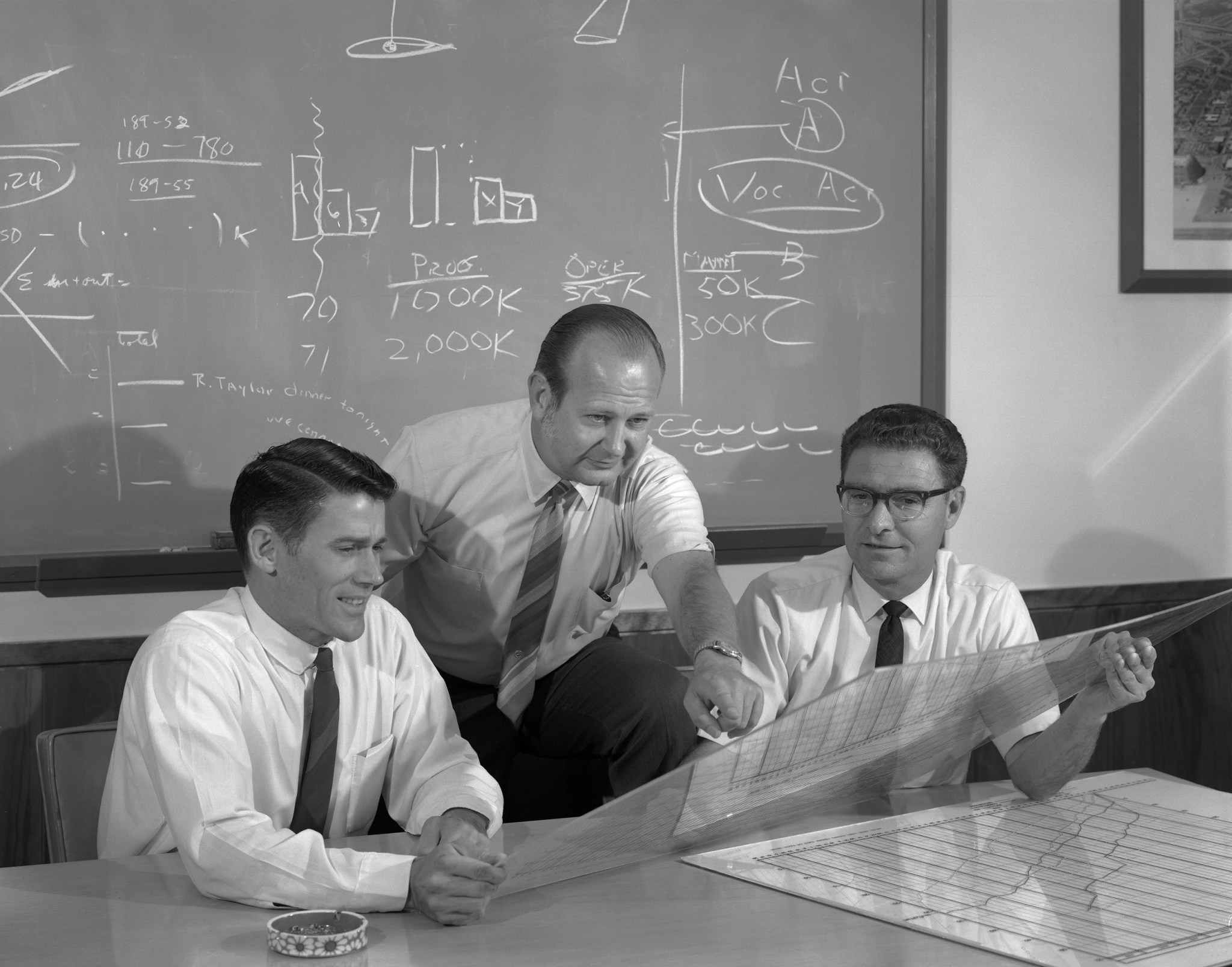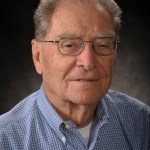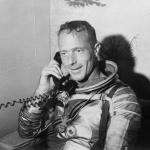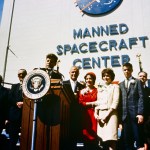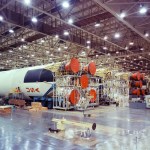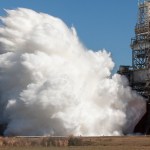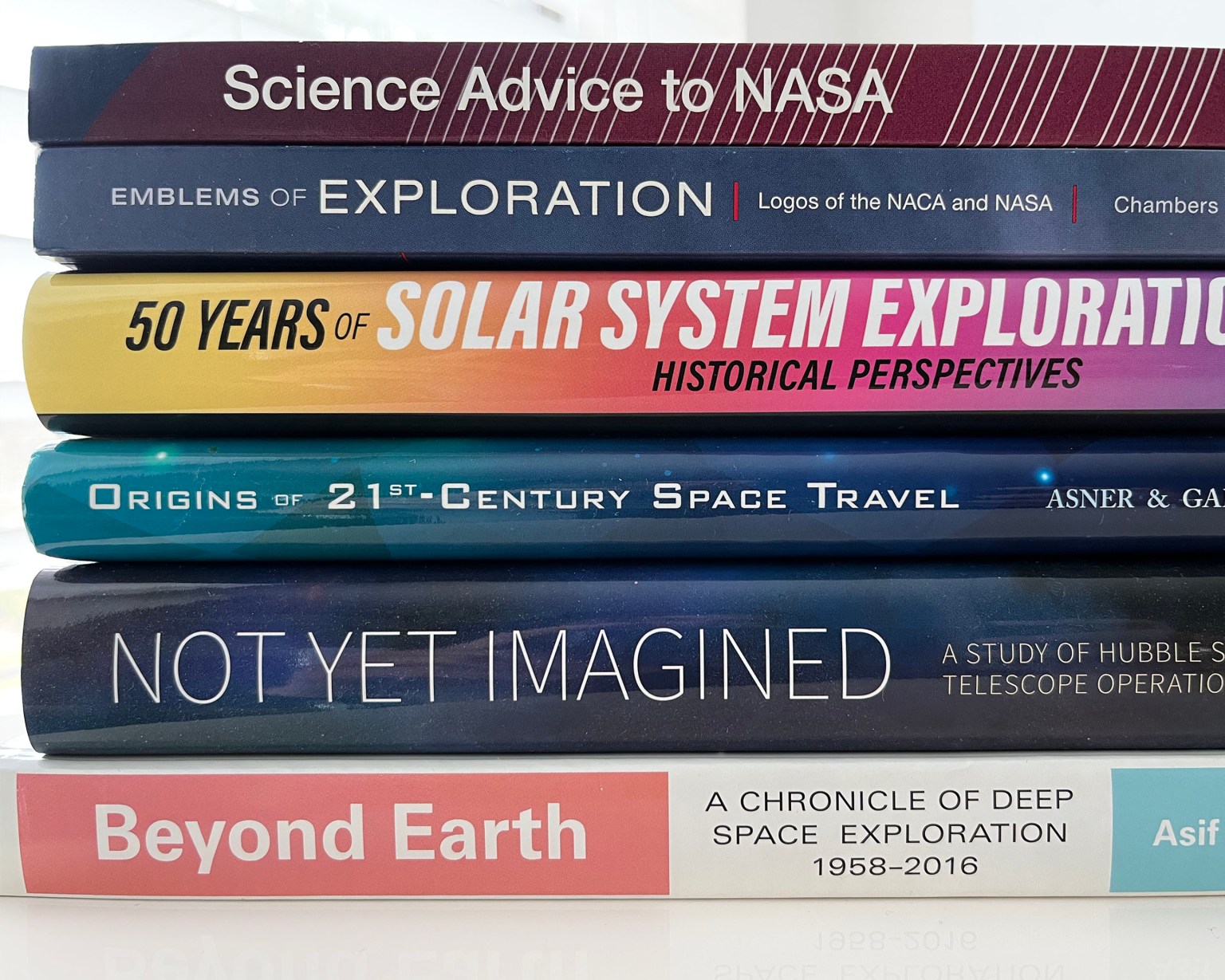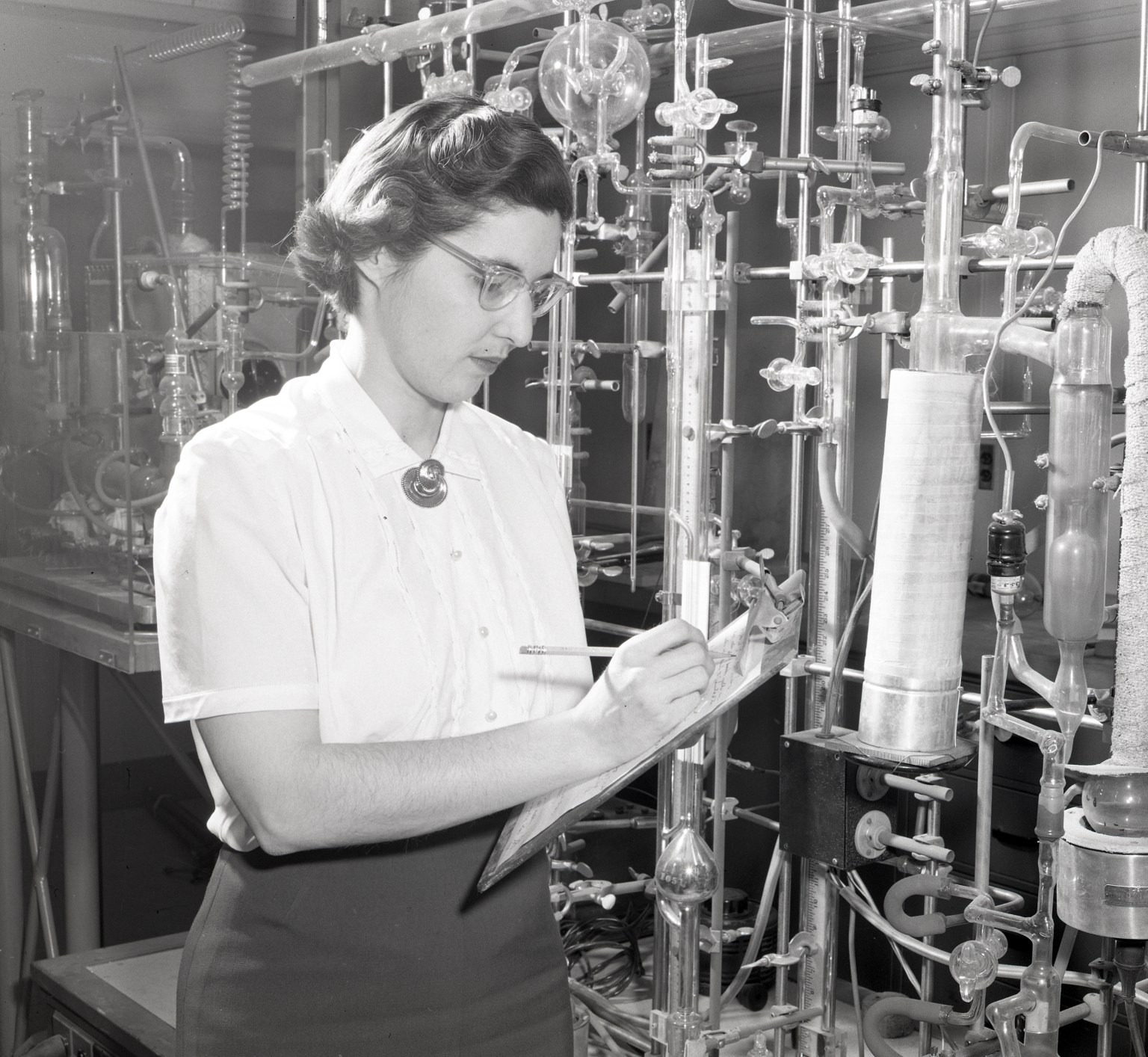Excerpt from an interview with John W. “Jack” Boyd, by Jennifer Ross-Nazzal
Moffett Field, California
3 October 2005
Ross-Nazzal: What were your first duties when you arrived here at Ames?
Boyd: Well, I had a good Branch Chief here. He’s still living, as a matter of fact, at Stanford [California], but he said, “I noticed on your résumé that you took Compressible Flow, which is supersonic aerodynamics. Most of the folks, the new people who come in, haven’t had Compressible Flow. So we’re going to put you in this wind tunnel, and I want you to devise some airfoils to test that will be good at supersonic speeds.” There wasn’t much data in those days. I think it was later that year that Chuck [Charles E.] Yeager actually flew the X-1, which broke the sound barrier.
So we had this tunnel, and we started looking at all sorts of wing plan forms, wing shapes, triangular wings, swept-back wings, unswept wings. What we’d do is actually lay them out on paper ourselves and take them over to the machine shop, which we had across the street, and they would build the little models for us out of stainless steel, because at supersonic speeds the forces were pretty high. This tunnel ran at one speed, funny speed, one speed, one-point-five-three Mach number, so we got supersonic data out of it with different wing configurations. So that was what a young project engineer did, and you kind of learned along the way.
At the same time you did, though, there was a famous aerodynamicist here by the name of R. [Robert] T. Jones, so he took most of us under his wing. R. T. Jones is the man who started at Langley, moved to Ames in 1944. He developed the swept-back-wing, actually. It was his theory and his experiments. So we had him as a mentor, so what we didn’t know about aerodynamics and compressible flow, he taught us.
So that’s what we did. You started drawing the models. You started drawing the shapes, you took it to the machine shop, you got it built, you brought it back to the wind tunnel, you put it in the wind tunnel, you got the data, and then you wrote the report. So you did everything.
[…]
Ross-Nazzal: You mentioned you worked with the aircraft industry. Did you also, in turn, work with the military?
Boyd: Oh yes. You know, NACA was put together to support the military. In fact, these vehicles I’m talking about, the 102s, the 106s, the B-58s, were all military aircraft. The military came to us all the time. They were here every week, every month, getting as much data as fast as we could get it. Later on the Air Force built Wright Pat[terson Air Force Base, Ohio], but in those days it didn’t have—Wright Pat came along a little bit later than that. So they needed the NACA wind tunnels.
Yes, I would say [Charles A.] Lindbergh, who went to Germany and got word about the German technology in aviation, was the one who came back in the late thirties and said, “You really need another Laboratory, not just Langley, for two reasons. One is Langley probably can’t expand too much more, and two, you don’t want to put all your eggs in one basket on the East Coast, which somebody might bomb or destroy. So you need another Laboratory to do these studies in aviation.” So Lindbergh was responsible for selecting this site, actually, which, as I said, they established in 1939.
Ross-Nazzal: What do you think was the impact of the Cold War on NACA?
Boyd: A lot. Well, it drove us to do the whole manned missions, you know. I think without the Cold War, we probably would still be fooling around figuring out what we wanted to do. But the race was a—well, two things happened. The Russians started building these huge rockets for ICBMs [Intercontinental Ballistic Missiles]. Harvey Allen, in fact, his blunt body was first used for ICBMs, something that came back into the Earth’s atmosphere, not necessarily having been away from the planet, just ICBMs did that; that’s the way they flew.
So I think the Cold War drove this country and the development of NASA to go to the Moon. Without it, it would have taken us probably another twenty years, I suspect. We would have done it eventually, but—that’s a big impact, and it changed our budget. It changed the focus of the research we were doing. Many of the research projects we had before ’58 we kind of transformed over into focusing on spacecraft. But once you got the mission to go to the Moon that [John F.] Kennedy gave us in the early sixties, and it was to beat the Russians, pure and simple. So it transformed the whole agency, I think.
Ross-Nazzal: When you first started working out here at Ames, was there a dress code?
Boyd: Yes. You always wore a tie. Dr. [Smith J.] De France, he was the first director. He was the director for twenty-five years. You never knew when he was going to either drop by and see you or you’d be called up to see him, and he wanted coats and ties. So there was no—what do you call it?
Ross-Nazzal: Oh, casual Fridays.
Boyd: Casual Friday or casual any day. I remember starting from bang, wearing a jacket and a tie. You were permitted to wear a sweater, as long as you wore a tie with it. So the dress code in the first ten or fifteen years, as I recall, was—there was never any debate. It didn’t seem strict. It was just something you did.
The other reason for it, I think, in his view, was we had a lot of outside interface with company execs and engineers from other companies, and he just wanted the presentation to be right. I don’t recall that the women—it seems to me I don’t recall them wearing slacks in the early days, but I think that was typical wherever you were. It wasn’t just here. Women wore dresses to work, I think, at least in the early days. The ladies that worked in here did.
It’s interesting, too, though, talk about the engineers marrying their computers. There were a number of engineers who really married their computers. I mean, they met them here, they worked with them here, and they married them. I didn’t happen to, but a number of my friends did, married the young ladies who were reducing the data for us.


























